

'http://www.food-safety-training.net Faeces is a big problem with relation to disease, but why? The digestion of food goes through several stages. Food is chewed and is broken down and absorbed during the transport from mouth to anus. Most of the food’s nutrients are absorbed in the small intestine. The large intestine holds mainly waste material. It is also is home to over 1 kg of bacteria. These bacteria are called commensal bacteria, which are symbiotic. They break down the last remnants of the food and synthesise such vitamins as Vitamin K, which helps in clotting blood before discharge as faeces. Without these bacteria in our colon we would not be able to digest food. This is why taking antibiotics indiscriminately leads to digestive problems because they kill the good bacteria as well as any infectious bacteria. E. coli are commensal bacteria. It is only when faeces enters the atmosphere that pathogenic bacteria are born. They mutate with atmospheric bacteria, viruses and other particles, resulting in disease-causing bacteria. So E. coli start as good bacteria but mutate into several deadly variants, called serotypes. Bacteria do not mutate indiscriminately, they do so as a way of survival. Bacteria adapt as per Charles Darwin and his theory of natural selection. E. coli releases toxin into the bloodstream which causes haemolytic uraemic syndrome (HUS) and eventual renal failure. Raw meat harbours pathogens due to the insanitary conditions in abattoirs, where there are splashes and spillages of faeces and intestinal fluids onto clean meat. All meat that is bought must be considered as infected and treated accordingly. This treatment refers to the way the meat is handled and to the final cooking temperature. Cooking to a high enough temperature will kill the pathogens that are on the infected meat. Untreated water such as rivers, streams, lakes, canals and the sea all contain pathogenic bacteria. Apart from pathogenic bacteria there will be protoctists, viruses and fungal spores present. Do not be tempted to drink untreated water whilst out walking or camping. The contamination comes from contact with the environment such as soil and air. Faeces from birds, invertebrates, vertebrates and other organisms decaying in the water cause it to be affected. If you are tempted to drink the natural water supply you must ensure you treat it first. This can include such processes as boiling, using chlorine tablets or iodine drops. The water from a cold, running mains supply is safe to drink as it has been chlorinated, a process which kills bacteria. Be careful with soil contamination. All soil contains pathogenic bacteria and therefore care must be taken when using raw vegetables. They must be washed well, peeled and washed again before using as a raw product. If the vegetables are to be cooked, bacteria will be destroyed. Not all bacteria are harmful, in fact the majority are harmless. We also need bacteria and other microorganisms for survival on this planet. We use bacteria in biotechnology, we use them in food, we have them in our colon and we use them in the manufacture of vaccines and drugs. Some bacteria are used in the manufacture of artificial fuel. There are three different types of bacteria, the good, bad, and the ugly! The good ones we need, the bad ones cause illness and the ugly ones are the spoilage bacteria which cause food or drink to perish all rot. http://www.food-safety-training.net'
Tags: food hygiene training , food safety training , food safety courses , food hygeine courses , food hygene course , food hygine course , food hygine courses , food hygeine course , food and hygiene courses , food and hygiene course , hygiene course , food & hygiene course , food hygiene courses , food & hygiene courses , food and hygiene training , online food hygiene , food hygiene online , food hygeine training , food and safety course , food safe course;
See also:
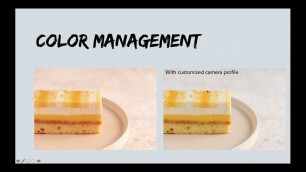

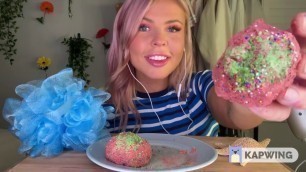
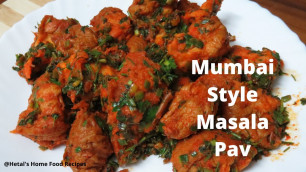



!['[HD] LEGO MOC - McDonald\'s Fast Food Restaurant'](https://cdn-img01.food4vlog.com/images/6-m/106/106608_m.jpg)


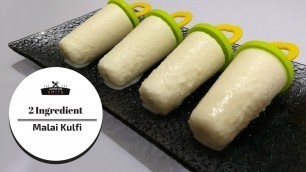


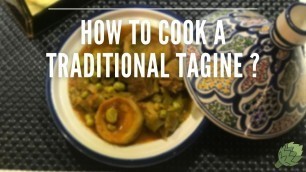
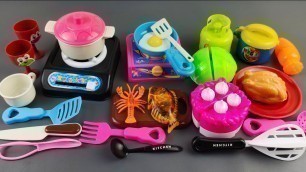
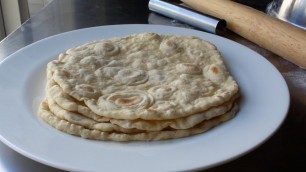
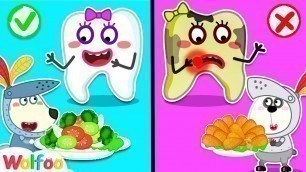
comments